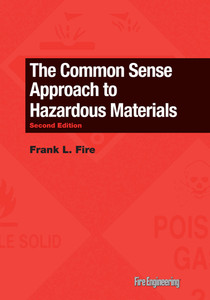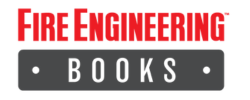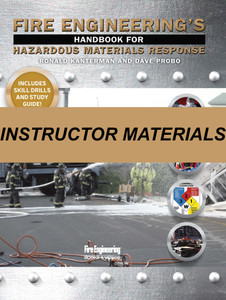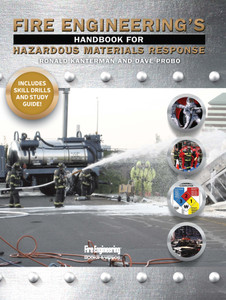
The Common Sense Approach to Hazardous Materials, Third Edition
Frank L. FireThe Common Sense Approach to Hazardous Materials, Third Edition
The first job of any emergency responder arriving on scene is to detect the presence of a hazardous material. The Common Sense Approach to Hazardous Materials covers the basic approach to hazardous materials, focusing on the fundamental aspects of chemistry with regard to specific fire theories and classes of hazardous materials that the emergency responder is likely to face. Readers will gain sufficient knowledge of chemistry to recognize the presence of a hazardous material, identify what that material is, evaluate what will happen if an attack is or is not mounted, and then use common sense in handling the incident.
Mastering the hazards and characteristics of every chemical used today, along with the thousands of new ones added annually, is next to impossible. But, it is possible to learn the general hazards and characteristics of a handful of classes of hazardous materials. This book is designed to teach the hazards of each class of hazardous materials and the cross hazards of individual chemicals in those hazard classes. As long as you can place a particular chemical within a particular hazard class, you will gain a head start on handling the incident safely.
In the past, hazardous materials incidents were almost always accidents, either in transportation, storage, or in home or industrial use. Today, hazardous materials incidents may be a deliberate release of a chemical warfare agent by a foreign or domestic terrorist. The third edition of The Common Sense Approach to Hazardous Materials includes a new chapter covering each class of chemical warfare agents.
The Common Sense Approach to Hazardous Materials, Third Edition is an excellent resource for emergency responders and those persons involved in departmental training programs or curriculum development.
Features:
- Chemistry is presented in the absolute minimum way needed to understand the properties of the substances that are discussed.
- Simple explanations are given of elements, the periodic table, chemical compounds, and principles underlying chemical reactions (the family effect, the octet rule, and the duet rule).
- New terminology is defined when discussed with each subject and is also listed in the glossary.
- Lists of materials in each hazard class are given at the end of the section dealing with that class.
- Study questions follow each chapter.
Contents:
- Illustrations
- Preface
- Introduction
- The chemistry of hazardous materials
- Chemical compounds
- Covalent bonding
- Hydrocarbons
- Hydrocarbon derivatives
- Fire and pyrolysis
- Flammable and combustible liquids
- Compressed gases
- Combustible solids
- Cryogenic gases
- Oxidizing agents
- Plastics
- Corrosives
- Unstable materials: Organic peroxides and monomers
- Toxicity
- Radioactivity
- Explosives
- Water- and air-reactive materials
- Chemical warfare agents
- Glossary
- Appendices
- Index
- Format:
- Hardcover
- Number of Pages:
- 624
- Published Date:
- 2009
- ISBN:
- 9781593701949





